Test Your Basic Fertility Literacy
[WATU 2]
How’d you do? Don’t feel bad, if you missed a few. You’re not alone. In the survey, Fertility and infertility: What do students at an Ivy League college really know? Undergraduate students were asked questions regarding fertility. The results revealed how little they know about the reproductive cycle.
“When asked when a woman is most fertile during her menstrual cycle, only 27.5% (382) of respondents were able to correctly identify the proper time period. When asked to estimate how long sperm can stay alive in the reproductive tract, the median response was 24 hours, and only 20.4% of all respondents correctly identified the time interval between 3-5 days. Similarly, when asked how long an oocyte is fertilizable after ovulation the median response was 72 hours, and only 19.7% of respondents correctly identified the time interval between 12 and 24 hours.”
This makes me wonder what percentage of the “unexplained fertility” couples has more to do with lack of proper timing of intercourse, or how many unwanted pregnancies could be avoided if it were common place know how our reproductives cycles actually worked. I remember spending a lot of time in high school biology class agonizing over the role of mitochondria, ribosomes, endoplasmic reticulum and golgi apparatus, but learned nothing practical about my own body. Can you imagine if the Fertility Awareness Method (or “Menstrual Health Awareness Method” depending on what phrase you’re more comfortable with) was taught in biology class? Personally, I like the name “Know Your Body Because Your Body is Cool Method”. Knowing how the body works empowers women and gives them vital information regarding their own health. Not just for fertility awareness, but also for menstrual health awareness and beyond. You can learn a lot about your overall health by charting your cycles. Self Care starts with body literacy. Get to know your uterus in my Womb Care online course where you will not only learn how your menstrual cycle works, but you’ll also learn how to tap into your bellies emotional and physical holding patterns, learn uterine massage, pelvic floor health, and more!



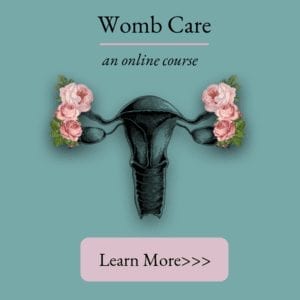
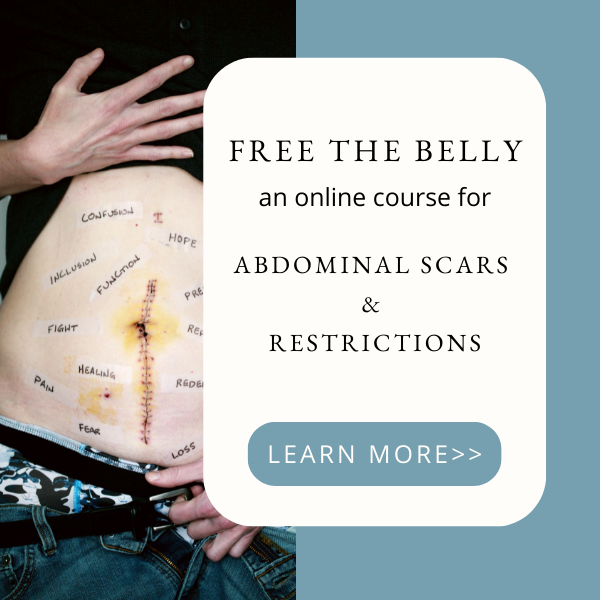
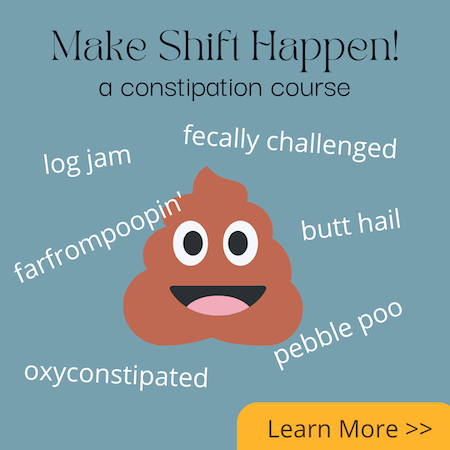
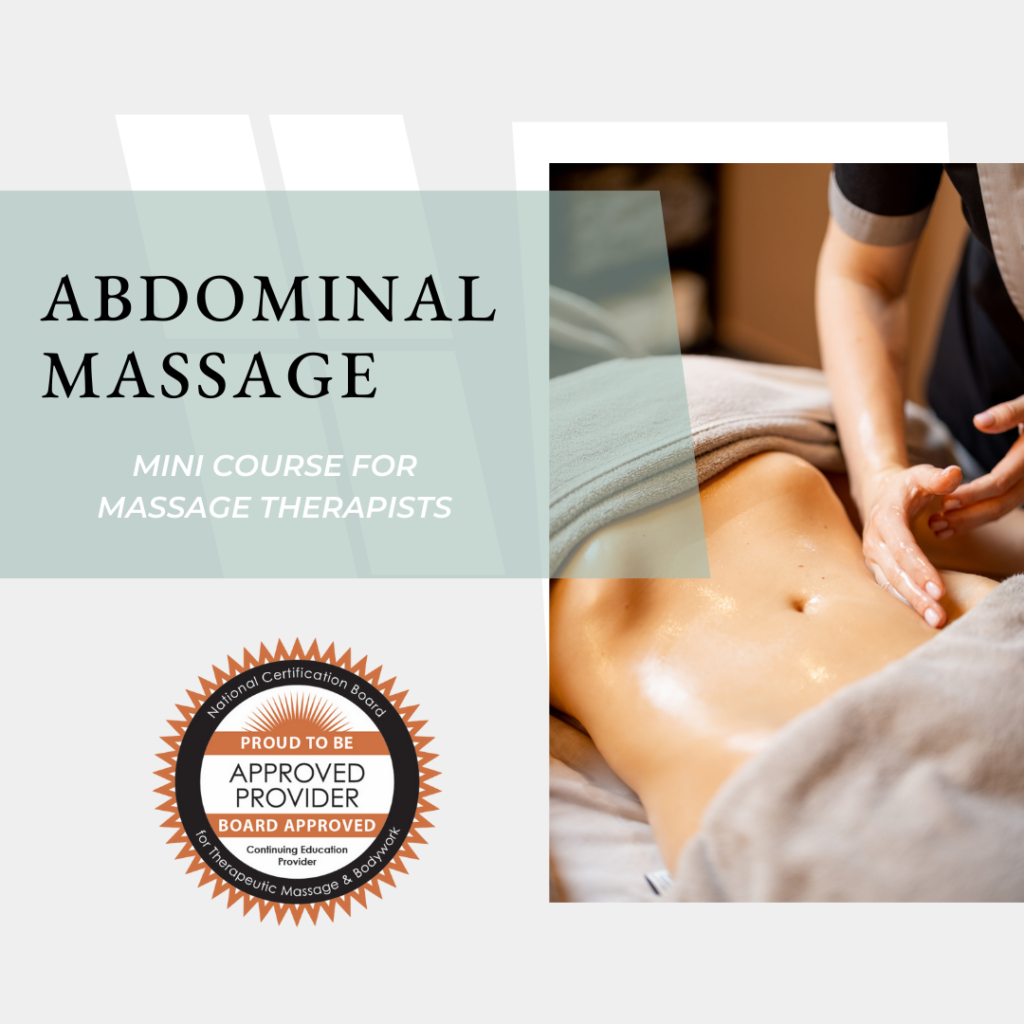
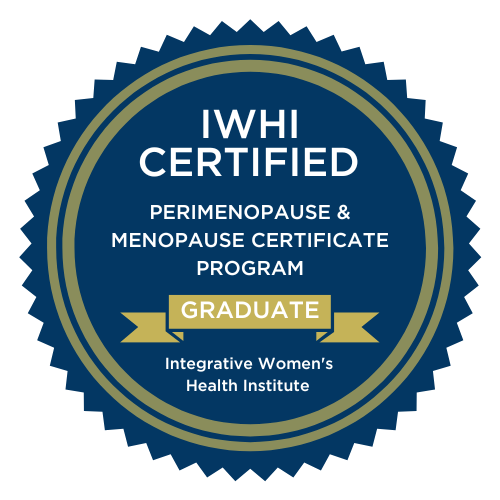
Yay! I got 10/11! I didn’t know it took 100 days for a follicle to mature – that’s way more than I thought!
I think if I had taken this quiz during my college years, I wouldn’t have done as well. Reading Taking Charge of Your Fertility about 5-6 years ago was where I finally felt like I learned what should have been taught to me about the female reproductive system. That book should be required reading.
Thanks for putting together this quiz!
That’s great Vanessa! That question is the one that’s missed the most.
I got 10 out of 11. I didn’t know that sperm could get old. I was under the TCM guidance of preserving chi energy by not having too much sex. I learning something new today.
Very fun quiz. Women’s bodies, and reproduction in particular, are incredible! Thanks for sharing.
Quite a fantastic quiz. I had thought a woman would only take in when she begins her period after child birth. Thanks , its so informative.
Great quiz! I was surprised I knew enough to get 10/11 correct. What does it mean when spotting happens mid cycle? Is this something to be concerned about?!
Well, there are multiple factors that could contribute to spotting mid cycle. If you are spotting on the day of ovulation, it may just be ovulation spotting which is considered normal and nothing to worry about. When the egg is released, a little blood may be released as well and cause the fertile fluid to be streaked with red. Or, if it happens just before ovulation, perhaps it’s triggered by a hormonal shift (drop in estrogen) that causes a little shedding of the uterine lining.
After ovulatory spotting could be triggered by low progesterone. Something you would want to address.
Other things to consider would be vaginal infection (yeast or bacterial), endometriosis, fibroids. Most likely you would have other symptoms (but not always) with these conditions present.
If you are on hormones or have an IUD, those could also cause spotting.
There may be other factors, but these are the main ones that I see.